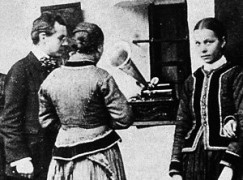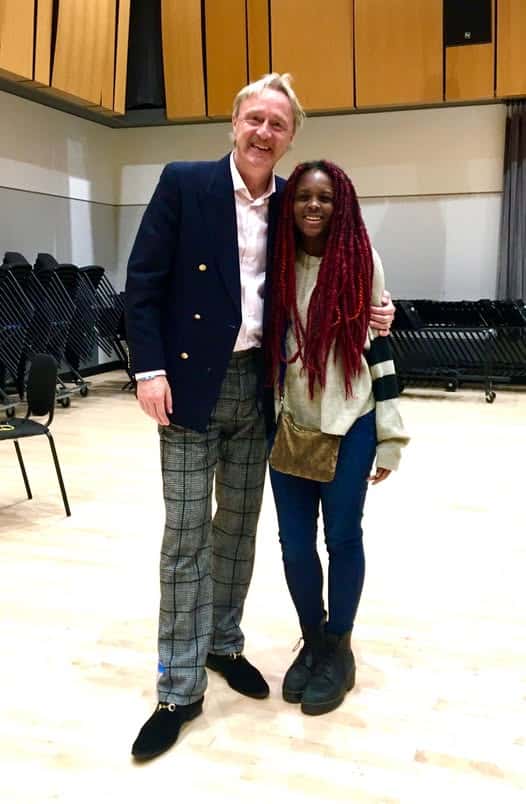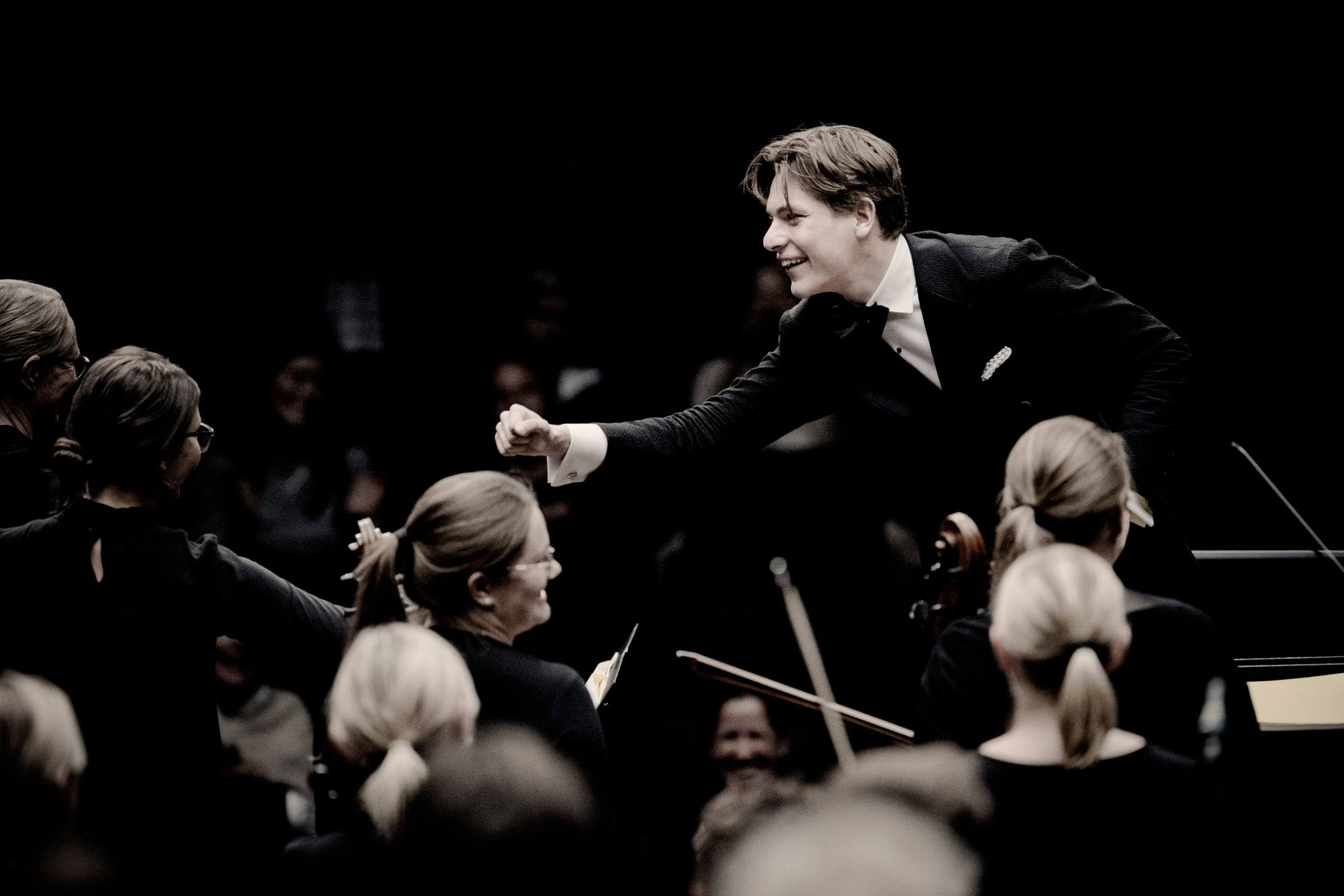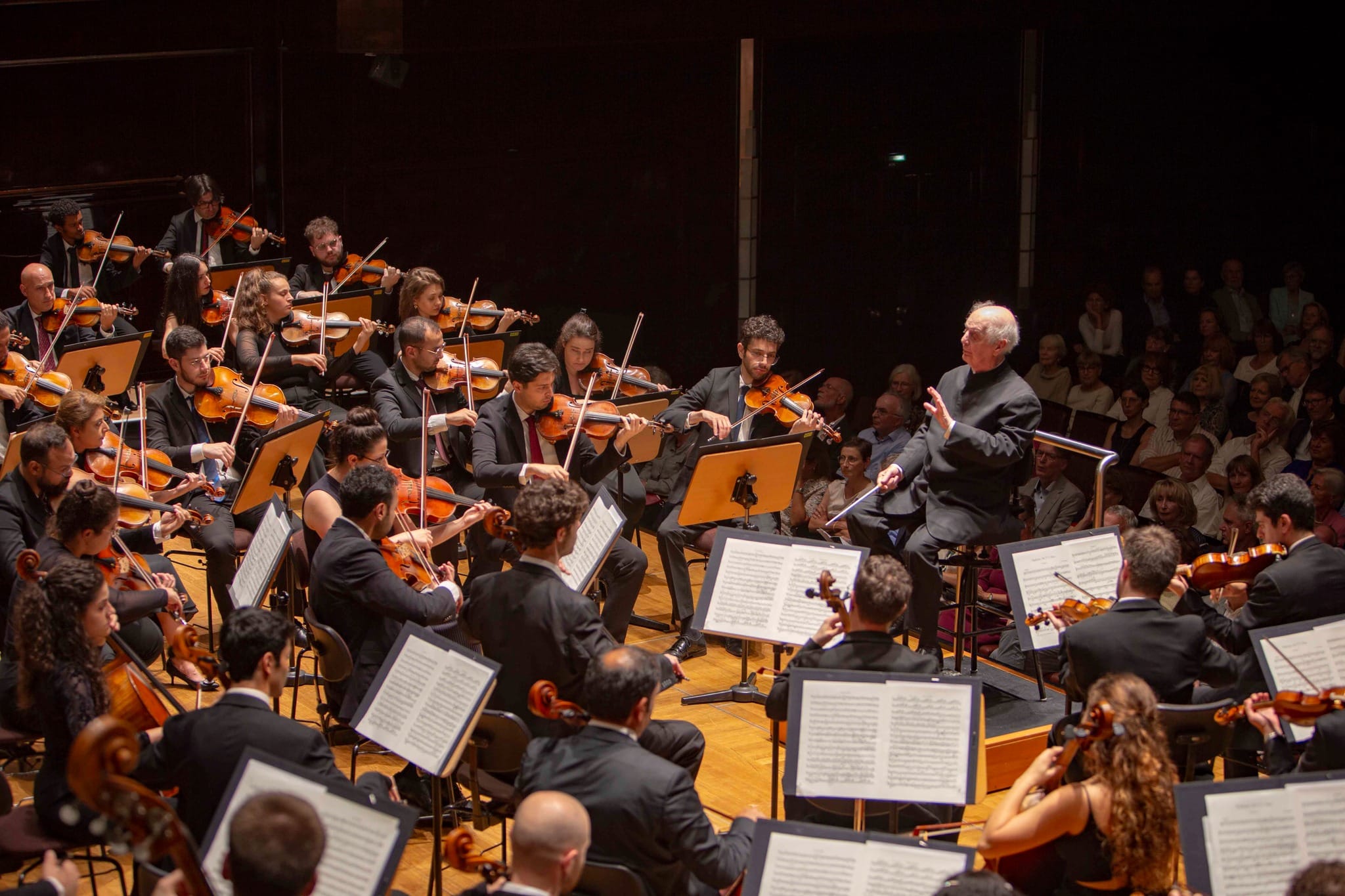Hear Bartók’s dances – in the original field recordings
mainThis is not a new upload… but you won’t regret the time spent on these phenomenal originals.

h/t: Allan Evans

This is not a new upload… but you won’t regret the time spent on these phenomenal originals.

h/t: Allan Evans
A social media activist has circulated a video…

A PR informs us this morning that the…

Zachary Woolfe, chief music critic of the New…

The Berlin State Opera communicated tonight that its…

Session expired
Please log in again. The login page will open in a new tab. After logging in you can close it and return to this page.
Thanks for posting. Absolutely fascinating. I recognize some of the melodies from Bartok’s compositions.
I recognize all of the melodies from the Romanian Folk Dances. All Bela had to do was write them down (and hire some better violin players). And what the hell was with the pancake photos? Extremely annoying.
Fascinating…. too bad that Bartok did not have the equipment we have now, to record this material. Must have been quite an effort to collect these things. And what must the peasants have thought? The mind boggles.
Because of the worn-out rolls (?) it also sounds a bit like mice having a good time in a factory.
Remarkable–thanks for sharing this. I also remember hearing some audio tracks of singers performing some of the folk songs, but cannot remember where I heard them. The sound and the style of the original recordings is incomparable.
Engrossing and fascinating – through the mists of time and early technology. Thanks for posting the link.
These recordings are a wonderful look into the past. I might be wrong but I don’t know of anyone else at the time in Europe who had the idea to make field recordings of music that must have reached back into time. The other interesting thing that these recordings reveal is how close Bartok kept in his Rumanian Folk Dances to these originals. Bartok doe not westernize them. Off hand, the two major differences I detect in Bartok’s versions is a change in mode in Pe Loc (No. 3) (perhaps his version comes from another source) and the tempo of No 4, which is much faster here than Bartok’s version.
For anyone interested in hearing versions that hew closely to the original folk interpretations in modern sound, one might look for a Hungariton recording made in the early 90s by the Janosi Ensemble. They are comprised of two fiddles, guitar, and bass. I’m not sure if these pieces were originally associated with any kind of social event but it doesn’t take much to imagine a group of villagers dancing – and it’s hard not to start dancing oneself listening to them.
Kodaly also made field recordings that have been preserved. This is (or was) a complete 2-CD recording of them on Hungaraton, in remarkably good sound considering the original source. I don’t know whether Vaughan Williams and the other British composers who did similar field work at the same time made recordings that have survived, or only transcriptions into musical notation. There are cylinder recordings of Native American music from as early as 1890 in the Library of Congress. And of course there was the invaluable work of John and Alan Lomax, who recorded all the great vernacular American musicians on-site, making possible the later rediscovery of artists such as Robert Johnson and Lead Belly.
Some of Vaughan Williams’s field recordings are online at the British Library and I think they’re wonderful.
Here’s “The Turtle Dove” recorded by him at a pub in Rusper in 1907:
http://sounds.bl.uk/World-and-traditional-music/Ethnographic-wax-cylinders/025M-C0037X1584XX-0100V0
You know, I completely forgot about Kodaly, and didn’t know that they had been published. I’ll have to look them up. I knew about the Lomaxes – and have one of their publications – but that was in the US. The recordings of Native Americans must be particularly interesting as well. On this theme, in the 80s I came across an uncatalogued box of tapes stored in a major college library of a private recording made of Georgian polyphonic folk music. I’m not sure when the tape was originally made but I suspect that at some point it was given to Noah Greenberg in the very early 60s. This was music and performance that was still untouched by western notions of scale, harmony, tuning, and vocal production. REALLY interesting.
Percy Aldridge Grainger was doing pretty much the same thing in the English countryside. His recordings formed the basis for many of his compositions, one of the more famous of which was his band composition “Lincolnshire Posy”. The short score published at the time contains an essay by Grainger on the artistry of these ‘country warblers’, as he called them.
What happened to Slipped Disc? A lot of silence these days. Hope everything’s okay with Mr. Lebrecht and Co.
He is doing field research with a special app collecting musical information for us, material that the media don’t want to know.
There are qyuite number of Bartok’s field recordings in the Ethnographical Archive of the The Hungarian Academy of Sciences, Research Centre for the Humanities, Institute for Musicology. Address: Táncsics M. u. 7.H-1014 Budapest, HUNGARY Postal addr.: H-1250 Budapest, Pf. 28.Tel.: + 36 1 214 6770
Follow this link: (copy andpaste into browser)
http://db.zti.hu/24ora/bartok.asp?VBSdbClickClass_1=VBSdbGoToGridRow&VBSdbIndex_1=2
Thanks for sharing the original Bartok recordings of these dances. Here is a gorgeous classical guitar version that incorporates a slide to reflect the original microtonal structure of the tune in the 3rd movement: https://www.youtube.com/watch?v=Si5kNn9s2lg